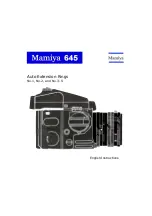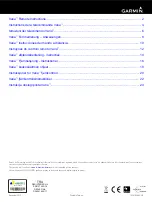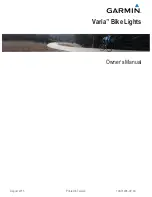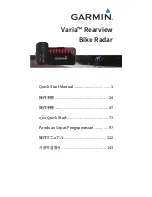
QTS-6000 Series
Analog Transmitter/Sensor
B71050-021-000-RB.doc
ELECTROCHEMICAL TRANSMITTER
JUL. 18, 2007
PRODUCT MANUAL
18
If the humidity is under 15% RH for an extended period of time, the sensor element will give up moisture in
the form of water vapor. This will reduce the electrolyte level in the cell and result in sluggish response and
readings that may be low.
Corrective Action:
These sensors can be restored to fully functional use by exposing them to a high humidity (90% RH or
above) atmosphere for an equal period of time that they were exposed to the low humidity condition.
If the humidity is above 90% RH for an extended period of time, the sensor element will take on moisture in
the form of water vapor that condenses inside the cell. As the cell is sealed, this will result in an increase in
pressure inside the cell. This increase in pressure will cause the sensor to output a higher than normal
signal which will be relatively unstable.
Corrective Action:
These sensors can be restored to fully functional use by exposing them to a low humidity (<15% RH)
atmosphere for an equal period of time that they were exposed to the high humidity condition. If the high
humidity condition exists for too long a period, the sensor seals may crack rendering them damaged beyond
rejuvenation.
9.3.5 RFI/EMI E
FFECTS
Symptom:
Unstable, wandering output; spikes, drift, possibly false alarms.
The QTS-6100 Series Universal Sensor/Transmitter has been designed to provide protection against Radio
Frequency Interference (RFI) and Electro-Magnetic Interference (EMI). The unit has been tested against
radiated signals of 4 watts at high frequencies and a distance of 1 meter. This protection can be
overwhelmed by interference of higher strengths and/or closer proximity. The transmitter should not be
mounted near high voltage, multi-phase switchgear or motors. It should not be mounted near constant
sources of radio frequency.
The output signal from the sensor to the transmitter is DC microamps. It is imperative that the industrial
explosion-proof sensor assemblies be properly grounded through the enclosure. In the ABS plastic
enclosures, a grounding ring is installed between the sensor element and the front cover. This ring is
connected to ground (common) on the transmitter board. This ring must be in place for proper operation of
the transmitter. When calibrating, avoid placing hands near the sensor opening.
Corrective Action:
RFI/EMI problems are very difficult to troubleshoot. If you suspect a problem of this nature, first check to
ensure the transmitter is properly grounded. Then look at all the equipment mounted near the transmitter.
Gradually turn off each suspect item to see if it is having an effect on the transmitter output. If you are able
to identify a source of interference, relocate the transmitter at a distance from this source so that it is no
longer affected.

































